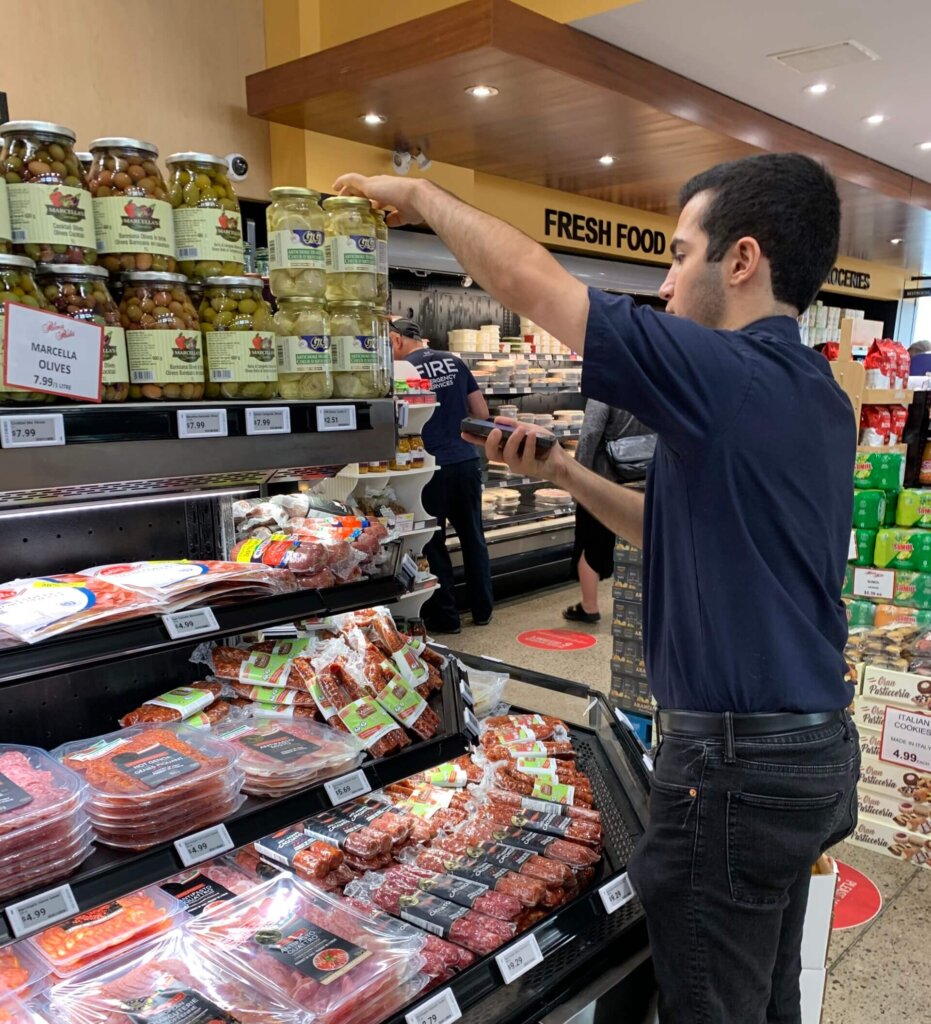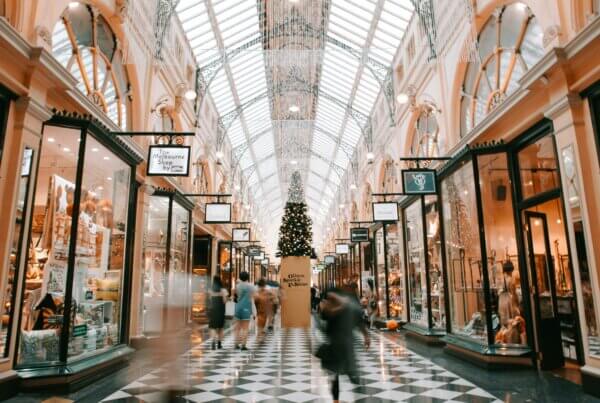The retail sector continues to drive forward, advancing its foothold in the market and displaying a commitment to augmenting its current processes and outdated systems, as well as capitalizing on foot traffic by utilizing its physical spaces for greater appeal and utilitarian purposes. Retailers are displaying their aptitude to modify store fronts with appealing design shifts, digital signage, and bringing mixed-use spaces to the forefront. According to the second annual report from global architecture and design firm, CallisonRTKL, shopping centers, malls, and department stores are being transformed into mixed-use spaces, a trend that prioritizes the needs of consumers whose time is valuable as they change the ways they live, work, shop, dine, exercise and socialize.
“Spaces for the new economy, especially malls or department stores, can have different uses at different times of day,” said David Cassidy, a Principal with CallisonRTKL. “A space is productive and profitable when people are engaged and using it, so it is time we think of these environments in constant motion and function not static and singularly purposed.”
CallisonRTKL also emphasized the potential of the “15-minute city” concept – that in the interest of convenience and promoting sustainability, people should be able to conduct their tasks, including working, shopping, and leisure activities, within a distance measured by a 15-minute walk or bicycle ride from their homes.
Henderson Engineers point out that, “Many of the mixed-use developments of today are transit-oriented, intertwine cultural roots of the past with the present, and have a heavy emphasis on sustainability. By modifying old strategies and concepts to accommodate the needs of today and the future, mixed-use developments can remain evergreen as cities continue to grow and support generations to come.”
Additionally, retailers are investing in technologies that simplify the brick-and-mortar shopping experience, tailoring these experiences to the customer. Through this shift, CRTKL envisions brick-and-mortar locations evolving into showroom-style spaces where consumers can experience products prior to purchase. It’s essential to have an engaging sales floor that facilitates the offline/in-person shopping experience for your consumer. At the same time, you must be optimized for online order fulfillment including in-store pickup, shipping, and local delivery. We are seeing many retailers using their floors as a showcase for their products, offering a broader range of products to their customers to browse while in-store. As well, these stores are also facilitating fulfillment, segmenting a portion of the store to solely provide web pick-up.
It’s important for retailers to prioritize and embrace technological advances in-store to further their capabilities and provide a seamless shopping experience for consumers. Digital Smart Label™ systems are an ideal investment for retail locations. Danavation® has developed solutions for retail company owners to transform their business. Digital Smart Labels™ offer a class-leading high resolution, high contrast, wide viewability, and vibrant colour displays designed to enhance the in-store shopping experience; the solution is integrated into existing workflow thus allowing price changes to be made from the point-of-sale system and reflected on the price labels on the shelf. As a result of this technology, stores can manage inventory while increasing operational efficiency, reducing paper and saving time updating pricing and product information.
The retail business model and its modalities continue to adjust and pivot as needed to satiate buyer needs and capture the purchasing power of consumers.



